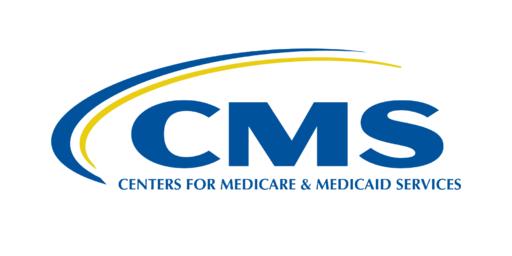The second week in a row that a blockbuster article on health has been published; this time an article on “waste” in the US healthcare system published in JAMA. The authors using data derived from published meta-analysis attempted to make reasonable estimates across six areas of concern. This is fuzzy math, but let’s assume that it is fuzzy in the same direction – that is, consider the relationships among the sectors as well as the broad range as the signal, any greater precision is probably noise.
Here are the six areas of concern:
- Failure of Care Delivery – “Waste that comes from poor execution or lack of widespread adoption of known best care practices.”
- Failure of Care Coordination – “Waste that comes when patients fall through the slats in fragmented care.”
- Overtreatment or Low-Value Care – “Waste that comes fro subjecting patients to care, that according to sound science and patients’ own preferences, cannot possibly help them.”
- Pricing Failure – “Waste that comes as prices migrate far from those expected in well-functioning markets, that is, the actual cost of production plus a fair profit.”
- Fraud and Abuse – “Waste that comes as fraudsters issue fake bills and run scams, and also from blunt procedures of inspection and regulation that everyone faces because of the misbehaviors of a very few.”
- Administrative Complexity – “Waste that comes when government, accreditation agencies, payers, and other create inefficient or misguided rules.”
And here is a Table showing both the estimations of waste and estimated savings based on programs and policies currently being attempted. I have removed the distraction of dollar values and calculated their relative percentages – so as better to identify the “low-hanging fruit.”

Overall the authors estimate that 25% of our healthcare spending is wasted, and from the chart, you can see where that waste is located. Administrative complexity and failures of pricing, anywhere from 54% to 66%. Waste associated with clinical behavior on the part of physicians, and to a lesser degree, patients account for 27% and 37%.
Given those numbers, you would think that our focus in terms of savings programs would be directed as administrative complexity and medication pricing. The author estimates only a third of the savings can be found there, and most glaring of all, there are no problems to reduce administrative complexity – must be too complex. The bulk of the savings programs, 57%, are directed at clinical care; after all, physicians are the ones with the pens and prescription pads ordering care. And while physicians are the most easily squeezed, the waste that they are responsible for is not nearly as high as the waste from market failures, both pharmaceutical and administratively.
The Golden Rule - “He who has the gold makes the rules.”
If you look at spending to lobby the government, it should be no surprise that pharmaceutical companies lead the way, at least in 2018, spending $156 million, the American Hospital Association, $23 million, and the AMA at $20 million (Source Open Secrets). To be fair, some of that AMA money is spent on physician concerns, but a lot of it goes to protect their income from developing and promulgating those codes for medical care, a number that significantly eclipses their revenue from physician membership.
Most glaring of all, there are no studies or programs in place to reduce administrative complexity. How can that possibly be?
Donald Berwick, who authored the original study on healthcare waste many years ago and has been an influential thought leader in healthcare for decades makes several salient points in his editorial. First, physicians can and should do better in reducing the waste of inappropriate care and continue to work at improving clinical outcomes. [1]
“What Shrank and colleagues and their predecessors call “waste,” others call “income.” People and organizations (for-profit and not-for-profit) making big incomes under current delivery models include very powerful corporations and guilds in a nation that tolerates strong influences on elections by big donors. … When big money in the status quo makes the rules, removing waste translates into losing elections. The hesitation is bipartisan.”
[1] As a side note, healthcare is often compared to other industries, making cars or airline safety, but there is one glaring difference, the materials used to make cars and the airplanes are all standardized within fine tolerances. Humans, not so much. Every one of us is unique, and that makes standardizing care far more difficult.
Sources: Waste in the US Health Care System Estimated Costs and Potential for Savings JAMA DOI:10.1001/jama.2019.13978 and Elusive Waste The Fermi Paradox in US Health Care JAMA DOI: 10.1001/jama.2019.14610




